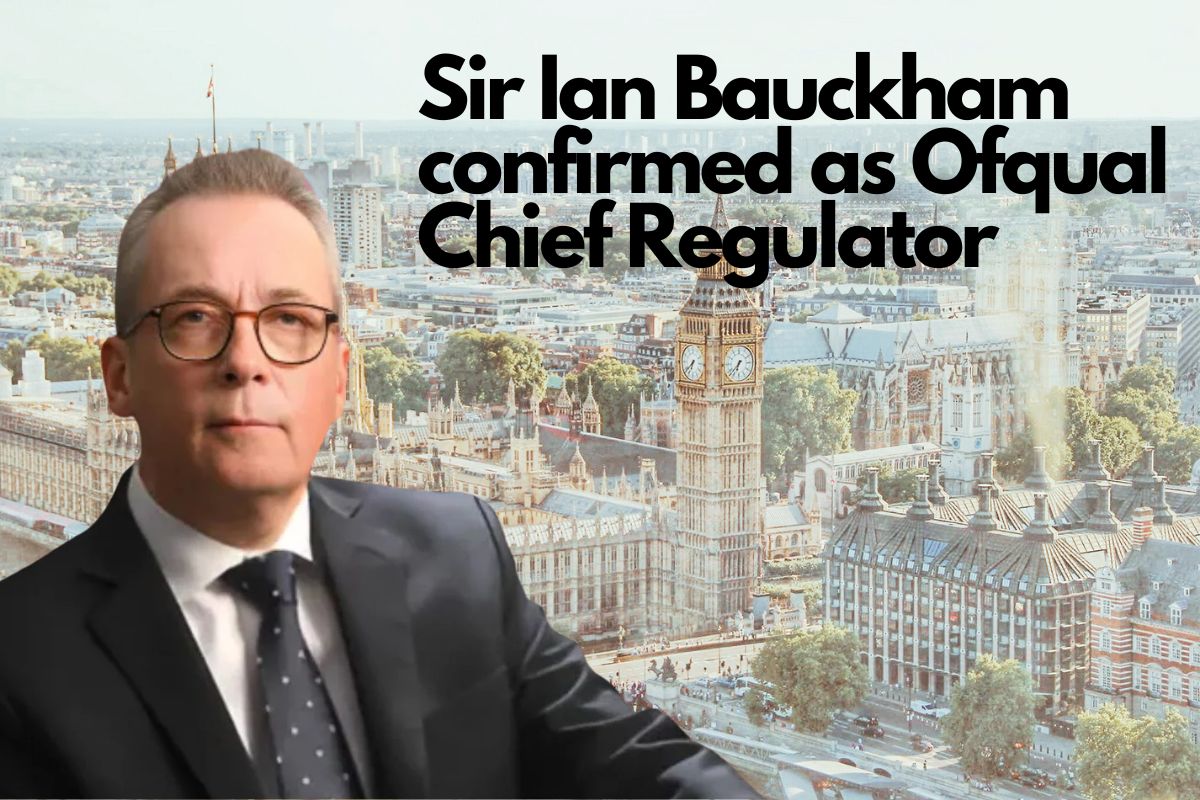Fight, flight or freeze: how to keep learners engaged during uncertain times

We are, undoubtedly, all going through a stressful situation. Uncertainty, political turmoil, and the continuing pandemic are adding pressures to learners’ lives that employers and educators must be mindful of. Stressful situations trigger a cascade of stress hormones that make our hearts pound, our bodies sweat, our muscles tense and our breathing quicken. In other words, it triggers our fight-flight and freeze response.
Stressors are hindering growth
Although this is useful in survival situations, such a response can hinder your learners’ growth. The body can also overreact to stressors that are not life-threatening, such as increased work pressure and family difficulties. It can negatively impact mental health, particularly if the stressor is prolonged (like the pandemic has been). Indeed, more than 50% of students report that their mental health has declined since the start of the pandemic. Likewise, research from the University of Birmingham uncovered three key pandemic stressors that are impacting people’s work and learning:
- Concerns around income
- Fear of being exposed to the Covid-19 virus
- Worries about job losses
How learning can support
This is where targeted learning opportunities can help support people with their stressors, particularly with points one and three. Over half (55%) of workers feel that as their confidence in their skills decreases, their stress levels increase. Upskilling in in-demand skills can help someone feel less exposed to job uncertainty, be more attractive on the job market if the worst was to happen, and also show that their employer values them and their career growth. It also gives them a goal to work towards and focus on during uncertain times.
Don’t add extra pressure
That said, you don’t want to be adding more to someone’s already overloaded plate. So offering upskilling opportunities at this time must be a person-centric activity. Collaborate with your learners to understand what they need right now, what skills will help them feel safer (psychologically, economically, and socially) and help them do their current jobs better.
Today’s training needs to take a holistic approach that considers the extra pressures on people’s time, attention, and workload. Training cannot be a ‘chore’ or an extra thing on their to-do list, it needs to seamlessly fit into their workday, in a format that they enjoy. Consider the best formats to offer each learner (everyone learns in different ways). There is a breadth of learning content out there, from online courses and videos to blogs, articles, books, podcasts and peer-led learning. Some may be more engaging and effective than others depending on your learners. For example, 55% of people turn to their peers first before any other learning resource, when they need to find out something new.
Think about fight-flight-freeze
You may also wish to consider what fight-flight-freeze response your learners are experiencing. Fighters will likely be more engaged with your learning opportunities as they want to actively combat the risk of job losses. Some organisations have also taken this approach, spending their workforce’s ‘downtime’ on upskilling ready for the future.
Unilever’s CEO Alan Jope recently stated that Unilever is greenlighting more upskilling opportunities,
“We [Unilever] are stingy deployers of capital and operating expense, but there are three areas where if someone comes forward with a proposal the answer is ‘yes’. Those three areas of spend for us are in green technology, in upskilling our people, and in IT investment and digitalisation.”
Stability is essential
For those at increased risk of flight, it’s vital to communicate stability and security. Upskilling for future roles can help with this, by showing someone that they have a future at their company. In fact, 41% of UK employees are now more likely to leave their employer if they don’t see a commitment to their upskilling. Again, it’s essential to take an individual-centred approach with this as careers are personal journeys. Ask a learner what roles or projects interest them, either now or a couple of years into the future. Then use these insights to shape their learning and work opportunities.
Encouraging learning
Other people may freeze and this can cause long-term damage to their career prospects. If they are too scared to make a move — any move — then their skills will stagnate and eventually expire. In such circumstances, learning leaders may have to find creative ways to kickstart enthusiasm and energy for learning. This might involve providing more emotional reassurance that learning and career growth opportunities are ready and waiting for them.
It might require tapping into a wider social circle (many people report feeling isolated during this time) of peers to facilitate learning. Once again, a personal approach will prove invaluable as one stressor for one frozen learner might be different from another’s.
Regular reviews will also help and will prove more beneficial than an annual review right now. It offers an opportunity for people to check-in on their stressors, skills, career opportunities and any lingering concerns.
Make progress, in any way
Make no mistake, we have all had our core needs of safety, financial stability, employment and health threatened during this time and this is inevitably going to reflect in our learning. The key right now is to make progress, no matter how small. Whether that’s encouraging a learner to unfreeze themselves, or offering another a way to remain on top of changes and new trends.











Responses